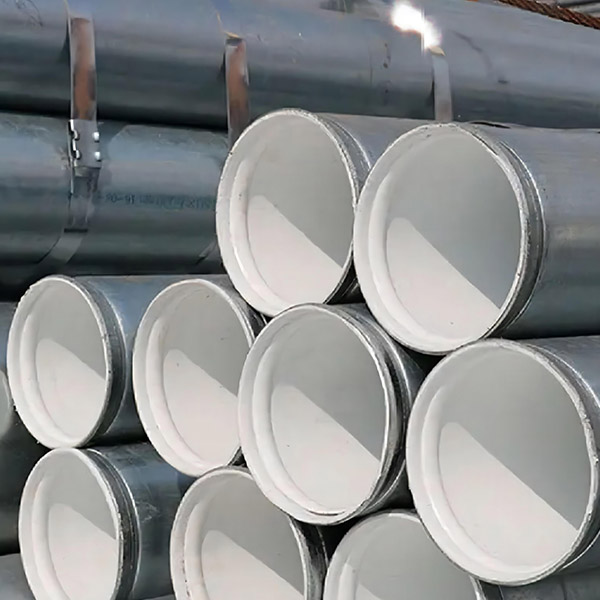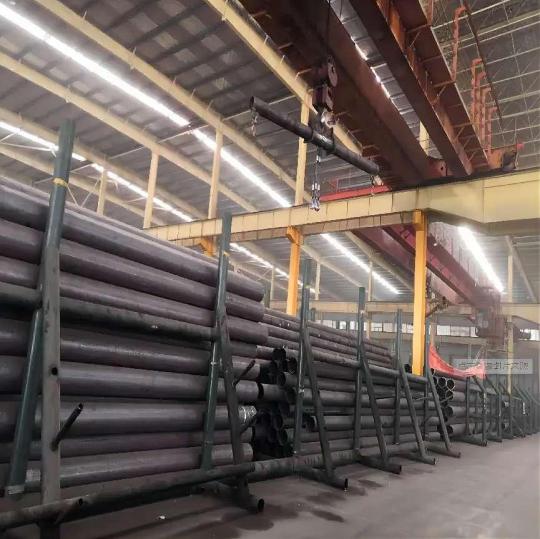Galvanized containers can be used for gardening. Marcia Westcott Peck LC-LC-
Winter is here, but gardening questions keep coming in to Ask an Expert, an online question-and-answer tool from Oregon State University’s Extension Service. OSU Extension faculty and Master Gardeners reply to queries within two business days, usually less. To ask a question, simply go to the OSU Extension website and type in a question and the county where you live. Here are some questions asked by other gardeners. What’s yours? Hot Dipped Galvanized Steel Sheet In Coils

Q: I’m considering using the galvanized water troughs from my local farm store as raised vegetable garden beds. Is there any risk to using these for vegetables? I have read differing opinions on the potential of zinc leaching into the soil that would be taken up by the plants and whether the levels would be toxic in the resulting vegetables. – Clackamas County
A: Galvanized troughs make excellent gardening containers. Plants grow well in them, and they save a lot of bending over in the garden. The only problem when growing vegetables is that over time small amounts of zinc and cadmium can leach out from them. Keep in mind animals drink out of these troughs and before the age of plastic, galvanized water pipes were the norm. Zinc is a necessary mineral in small amounts. The main risk is from contact with acidic food, like pickles.
This information from OAR Food Sanitation Rules, page 46. "4-101.15 Galvanized Metal, Use Limitation.* Galvanized metal may not be used for utensils or food-contact surfaces of equipment that are used in contact with acidic food." might help you put it in perspective.
One solution is to use a plastic liner or panels on the walls of the trough. Using them on the bottom can interfere with drainage.
Troughs have a drainage hole so when used as a watering device, the tank can be drained. You might want to add more drainage by drilling additional holes. Another tip is to place the trough on a base of blocks. This not only helps keep the drainage holes open, but can provide a nice cool spot for frogs and lizards. They'll eat the insects in your garden.
With a little planning you can have a safe, easy to use raised bed for your plants. The glue is probably an epoxy-type glue and should cause no problems. This article has good, practical advice for using galvanized containers for vegetable gardening, Growing Vegetables in Galvanized Containers. – Anne Schmidt, OSU Extension Master Gardener
These raspberries could be suffering from a lack of light, or a fungus.
Q: I bought a small pot of raspberries about six years ago and planted them between a couple of retaining walls, and between a plum tree and an apple tree (fairly shaded). The blended soil was brought in from a commercial landscaping company. They proliferated quite well after that, producing bigger and bigger stalks, and lots of high-quality raspberries. That is, until last summer, when the stalks were half as tall and the berries less prolific and smaller. Even the newer stalks that spread further down were affected. I forgot to add any fertilizer last year, but I didn't do much of that in prior years. They were watered sufficiently. Any idea why this happened? Am I supposed to prune back the old stalks, or something? – Multnomah County
A: What you are describing could be as simple as pruning the canes, fertilizing, or needing more sunlight. Lack of sunlight could be from your two fruit trees shading more than the previous years.
On the other end of the spectrum, your plants may be suffering from a fungal disease, a viral disease, or even insects. Rather than paraphrasing, I have included two links, one from OSU and the other from the University of Kentucky. I recommend you read both in their entirety. The OSU document has information from planting to pruning, whereas the UK document is about plant pathology. – Seamus Ramirez, OSU Extension Master Gardener
Q: I have already completed my project. I dug a 10- to 12-year-old Japanese maple tree in the snow and and transplanted it into a mostly brown and gray clay soil, and I mixed it with a 3-way soil mix that I bought from a commercial business. I use their soils regularly in grass and flower beds and have never had any issues in the five years I've been using it. I kept some of the soil the tree came from, of course, and used it as well. I use Regal Green and a 2-2-2 granulated lime/fertilizer blend.
I first dug the hole, sprinkled about 4 cups of the 2-2-2 fertilizer in the bottom of the hole. I covered it with some 3-way soil. I placed the tree into the hole. I covered the roots with existing clay and 3-way soil and used about three to six cups of fertilizer in the and around the roots and then repeated the process with soil then fertilizer again and topped everything off with the 3-way spil and another three or four cups of fertilizer. My main questions are: Do you think I did okay with the amount of fertilizer, could/should I have done something else? Can I go back and do anything else? I was thinking the surrounding ground outside the root ball is very dense clay. Should I go back with a large tiller and chew the surrounding 3 feet outside the root zone up real good and blend 3-way soil and add more fertilizer? What's your feedback? – Clackamas County
A: First, keep weeds from competing with your maple. Remove all grass and weeds under the tree canopy. Mulch can help. A 3- to 4-inch layer of organic mulch spread over the tree's root system helps conserve moisture, moderate soil temperature and prevent weeds. Keep mulch about 6 inches away from the tree trunk.
The recommendation is not to fertilize the new transplant for several years and to not mix fertilizer with the soil used because this practice can lead to root damage. However, adding a low amount of a low nitrogen fertilizer and root stimulator during planting will help nourish the tree and aid in survival.
Other recommendations include watering the tree thoroughly after planting. Drip water slowly into the basin, refilling as it seeps through until water is left standing on the surface. Repeat twice in the first week. From that time on, water when the soil is dry 3 to 4 inches below the surface. Absent significant rainfall, deep-water the soil around the maple's roots about twice a month.
Also, for a tree as old as the one you transplanted, it is often a good practice to orient the tree as it was growing in the previous location. Fill the hole with the extracted soil to the same level on the trunk of the maple as in its prior location.
Here are a couple of articles and here about transplanting maple trees.– Chris Rusch, OSU Extension Master Gardener
Stay in the loop. Sign up to receive a weekly newsletter and join the conversation at the Homes & Gardens of the Northwest on Facebook
If you purchase a product or register for an account through one of the links on our site, we may receive compensation. By browsing this site, we may share your information with our social media partners in accordance with our Privacy Policy.
Use of and/or registration on any portion of this site constitutes acceptance of our User Agreement (updated 4/4/2023), Privacy Policy and Cookie Statement, and Your Privacy Choices and Rights (updated 7/1/2023).
Cookie Settings/Do Not Sell My Personal Information
© 2023 Advance Local Media LLC. All rights reserved (About Us). The material on this site may not be reproduced, distributed, transmitted, cached or otherwise used, except with the prior written permission of Advance Local.
Community Rules apply to all content you upload or otherwise submit to this site.

Galv Steel Sheet YouTube’s privacy policy is available here and YouTube’s terms of service is available here.